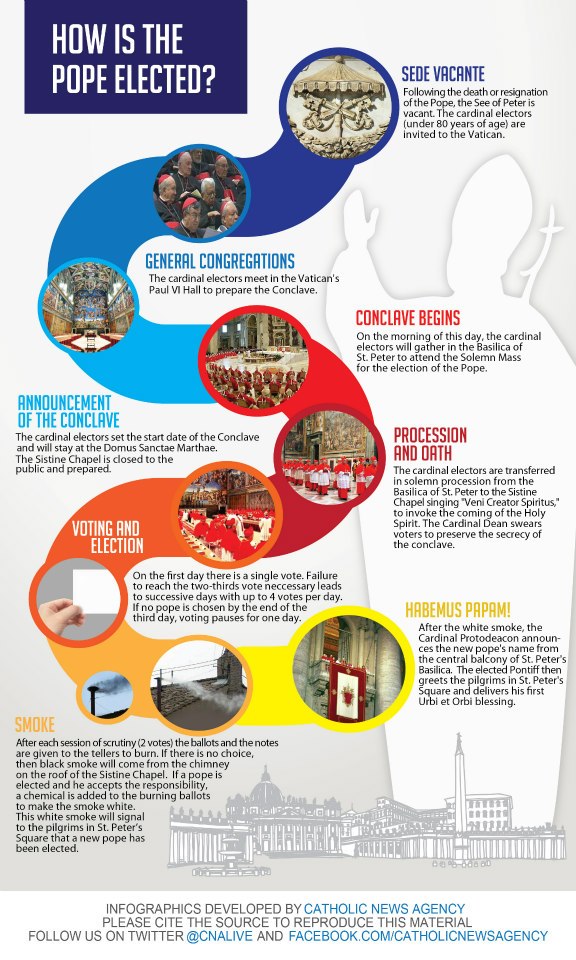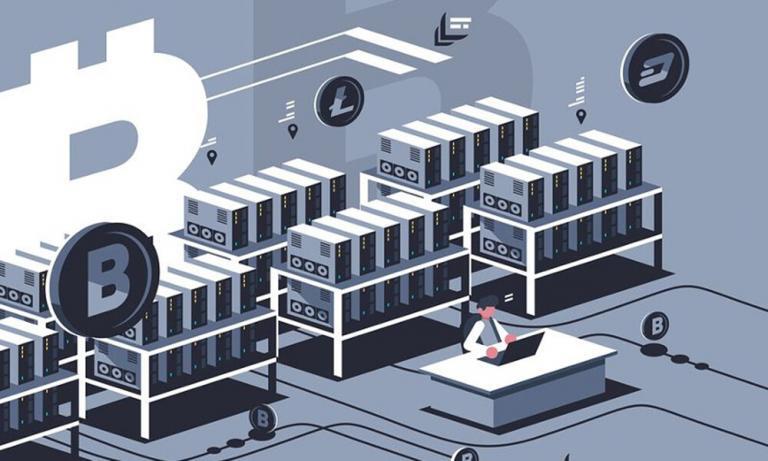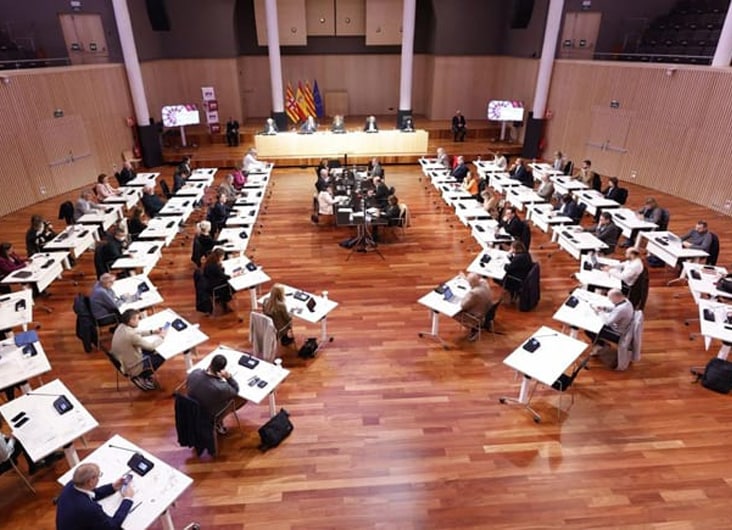Catholic Church Conclave: A New Pope To Be Chosen

Table of Contents
Understanding the Catholic Church Conclave: History and Tradition
A Brief History of Papal Conclaves
The process of electing a new Pope has evolved significantly throughout history. Early methods were often chaotic and influenced by political maneuvering. The formalization of the Conclave as we know it today occurred gradually over centuries.
- Early Papal Elections: Initially, elections were often tumultuous affairs, with factions vying for influence and occasionally resulting in violence or disputed outcomes.
- The Rise of the Conclave: The concept of a more structured and secluded election process emerged in the 13th century, culminating in the formalization of the Conclave in the 16th century.
- Key Historical Conclaves: Significant Conclaves throughout history include the election of Pope Gregory X (1271), who instituted many reforms to the process, and the controversial elections of the Avignon Papacy.
- Evolution of Rules and Regulations: Over time, rules and regulations surrounding the Conclave have been refined and codified to ensure fairness, transparency (as much as possible given the secrecy), and prevent undue influence.
The Significance of the Conclave
The election of a new Pope is an event of immense theological and political importance. It signifies the continuation of the Apostolic Succession, tracing the leadership of the Catholic Church back to St. Peter.
- The Role of the Pope: The Pope serves as the head of the Catholic Church, the supreme pastor, and the ultimate arbiter of doctrine. His election impacts the direction of the Church for years to come.
- Global Impact: The election has significant global ramifications, influencing the Church's stance on various social and political issues, as well as its relations with other faiths and governments.
- Spiritual Weight: For Catholics worldwide, the election is a deeply spiritual event, representing a moment of prayer, hope, and faith in the guidance of the Holy Spirit.
The Process of a Papal Conclave: Rules and Regulations
Cardinal Electors: Who They Are and Their Role
The selection of a new Pope rests solely on the shoulders of the Cardinal electors. These Cardinals, appointed by previous Popes, hold a pivotal role in this sacred process.
- Eligibility Criteria: Cardinal electors must be under the age of 80 at the time of the Pope's death.
- Number of Cardinal Electors: The number varies, but generally involves hundreds of Cardinals from across the globe.
- Geographical Representation: Efforts are made to ensure diverse geographical representation among the Cardinal electors.
- Responsibilities: Cardinal electors are responsible for maintaining the secrecy of the Conclave, participating in the voting process, and ultimately selecting the new Pope.
The Seclusion and Voting Procedures
The Conclave takes place in a highly secretive and isolated environment within the Vatican City. The procedures are meticulously designed to ensure fairness and prevent external influence.
- Secrecy and Isolation: The Cardinal electors are sequestered in the Sistine Chapel, cut off from the outside world.
- Voting Process: Ballots are cast, counted, and burned in a special stove. The "smoke signals" – black smoke for no election, white smoke for a new Pope – signal the progress to the world outside.
- Required Majority: A two-thirds majority is required for a valid election. If no candidate reaches this threshold, multiple rounds of voting continue until a Pope is chosen.
- Announcement of the New Pope: Once a Pope is elected, the announcement is made from the balcony of St. Peter's Basilica.
Challenges and Controversies Surrounding the Conclave
While designed to ensure a fair and just election, the Conclave has faced challenges and controversies throughout history.
- Historical Examples: Certain Conclaves have been marred by political maneuvering, bribery, or intense factionalism.
- Potential Conflicts of Interest: The diverse backgrounds and opinions of Cardinal electors can sometimes lead to disagreements and difficulties in reaching a consensus.
- Maintaining Fairness and Transparency: Balancing the need for secrecy with the desire for transparency remains a delicate challenge.
The Impact of the New Pope's Election on the Catholic Church and the World
Theological and Doctrinal Implications
The newly elected Pope's theological viewpoints and priorities can significantly shape the direction of the Catholic Church.
- Potential Shifts in Emphasis: The new Pope may choose to emphasize certain doctrines or social issues more than his predecessor.
- Interpretations of Church Teachings: Variations in interpretation of existing Church teachings are possible.
Global Political and Social Impact
The Pope's election has a significant impact on global politics and social issues.
- The Pope as a Moral Leader: The Pope serves as a moral leader on the world stage, influencing discussions on various issues like peace, justice, poverty, and climate change.
- Influence on International Relations: The Pope's pronouncements can impact international relations and diplomacy.
- Impact on Social Justice Causes: The Pope's actions and statements significantly impact the Church's efforts in promoting social justice causes.
Conclusion
The Catholic Church Conclave is a profound event, steeped in history and tradition, with far-reaching consequences for the Catholic Church and the world. Understanding its processes and significance offers a deeper appreciation for this pivotal moment. The election of a new Pope marks not only a transition in leadership but also a potential shift in direction for the Church and its global engagement. The intricacies of the Papal Conclave, from its historical evolution to its modern procedures, highlight the weight and responsibility of selecting the successor to St. Peter.
Call to Action: Stay informed about the unfolding Catholic Church Conclave and the election of the new Pope. Follow reputable news sources for accurate updates and analyses of this historic event. Learn more about the history of Papal Conclaves and the significance of this important process for the Catholic Church. Understanding the intricacies of the Papal Conclave and the election of a new Pope is crucial for comprehending the future direction of the Catholic Church.

Featured Posts
-
 Bitcoin Madenciligi Duesen Karliligin Gercek Sebepleri
May 08, 2025
Bitcoin Madenciligi Duesen Karliligin Gercek Sebepleri
May 08, 2025 -
 Dodgers Superaran El Record Historico De Los Yankees Su Imparable Inicio De Temporada
May 08, 2025
Dodgers Superaran El Record Historico De Los Yankees Su Imparable Inicio De Temporada
May 08, 2025 -
 The Importance Of Trustworthy Crypto News Sources In 2024
May 08, 2025
The Importance Of Trustworthy Crypto News Sources In 2024
May 08, 2025 -
 Kripto Piyasalari Icin Spk Dan Kritik Aciklama Yeni Bir Cag
May 08, 2025
Kripto Piyasalari Icin Spk Dan Kritik Aciklama Yeni Bir Cag
May 08, 2025 -
 Oklahoma City Thunder Vs Memphis Grizzlies A Crucial Matchup
May 08, 2025
Oklahoma City Thunder Vs Memphis Grizzlies A Crucial Matchup
May 08, 2025
